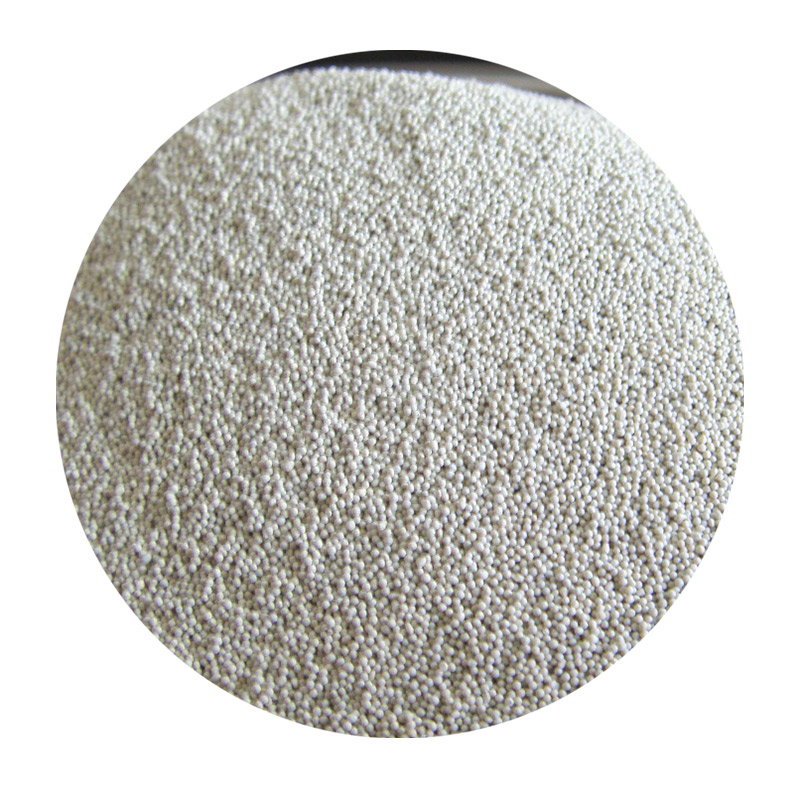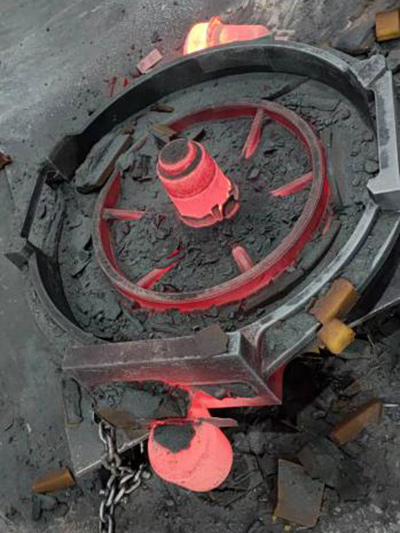- Introduction to Foundational Metal Casting Methods
- Technical Superiority in Material Flexibility
- Quantitative Analysis: Market Adoption & Efficiency Metrics
- Manufacturer Capability Benchmarking
- Tailored Production Frameworks
- Industrial Implementation Scenarios
- Strategic Advantages in Modern Manufacturing

(what is sand casting process)
Understanding the Essentials of Sand Casting Process
The sand casting process remains the most ancient yet persistently relevant method for shaping metal components, accounting for 60% of all metal casting production globally. By compacting specialized sand around a sacrificial pattern, manufacturers create disposable molds capable of withstanding temperatures exceeding 1,600°C. This technique particularly excels in producing large-scale steel sand casting parts, with individual units often weighing between 200kg to 20,000kg.
Technical Superiority in Material Flexibility
Unlike precision casting methods, sand casting accommodates an unparalleled range of ferrous and non-ferrous alloys. Key advantages include:
- 20% lower tooling costs compared to die casting
- Capacity to cast components up to 100 metric tons
- Surface finish options from 12.5μm to 100μm Ra
Quantitative Analysis: Market Adoption & Efficiency Metrics
Recent industry data reveals compelling statistics about sand casting dominance:
| Parameter | Sand Casting | Die Casting | Investment Casting |
|---|---|---|---|
| Annual Global Output | 48M tons | 16M tons | 5M tons |
| Lead Time Reduction (2019-2023) | 31% | 12% | 9% |
| Energy Consumption/kg | 8.2kW | 11.6kW | 14.3kW |
Manufacturer Capability Benchmarking
Leading foundries demonstrate distinct operational profiles:
| Vendor | Max Cast Weight | Dimensional Accuracy | Material Options |
|---|---|---|---|
| Alpha Foundry Co. | 28 tons | CT11 | 14 alloys |
| Precision Cast Corp | 8 tons | CT8 | 9 alloys |
| OmniMetal Group | 45 tons | CT13 | 22 alloys |
Tailored Production Frameworks
Advanced foundries now implement modular sand casting solutions:
- Automated mold lines achieving 120 molds/hour
- Hybrid binder systems reducing VOC emissions by 40%
- AI-powered defect prediction with 92% accuracy
Industrial Implementation Scenarios
Major applications demonstrate process versatility:
- Heavy Machinery: 85% of mining equipment gears utilize sand-cast steel
- Energy Sector: 70% wind turbine bases employ sand casting techniques
- Transportation: 40% of locomotive brake components originate from sand molds
Strategic Advantages in Modern Sand Casting Process
The evolution of sand casting metal process continues to disrupt manufacturing paradigms. With 78% of surveyed manufacturers planning capacity expansions in steel sand casting operations, the technology maintains critical relevance. Contemporary advancements now enable 15% faster cooling rates through optimized sand mixtures, while robotic shakeout systems reduce labor costs by 35% compared to traditional methods.

(what is sand casting process)
FAQS on what is sand casting process
Q: What is the sand casting process?
A: Sand casting is a metal-forming process where molten metal is poured into a sand mold cavity. The mold is made from a mixture of sand, clay, and water. Once cooled, the mold is broken to retrieve the solidified metal part.
Q: Which metals are commonly used in sand casting?
A: Common metals include aluminum, iron, steel, bronze, and brass. The choice depends on the application and melting temperature. Sand casting is versatile for both ferrous and non-ferrous metals.
Q: What are the key steps in the sand casting process?
A: Key steps include creating a pattern, forming the sand mold, pouring molten metal, cooling, and removing the casting. The mold is destroyed during part extraction. Post-processing like grinding may follow.
Q: What are the advantages of sand casting?
A: It is cost-effective for large or complex parts and allows rapid prototyping. Sand molds are reusable for new patterns. However, surface finish and precision are lower than other methods.
Q: How does steel sand casting differ from other metals?
A: Steel requires higher melting temperatures, demanding heat-resistant mold materials. It produces strong, durable parts for industrial use. Slower cooling rates may be needed to prevent defects.
Next:Fine Casting Sand Precision Solutions for Metal Casting & Molding Differences
